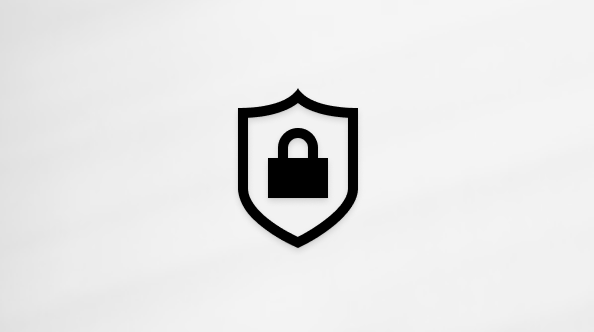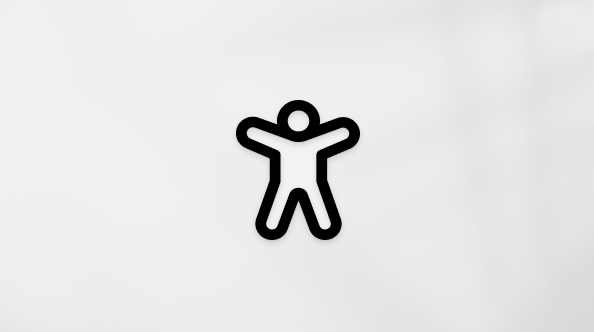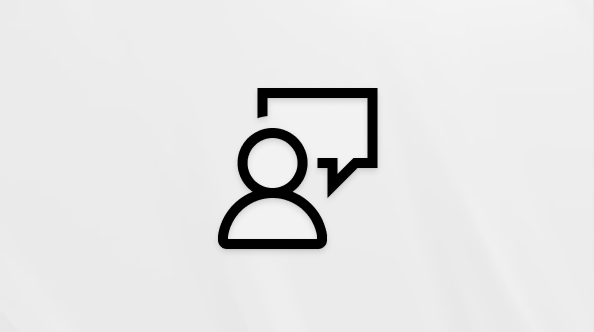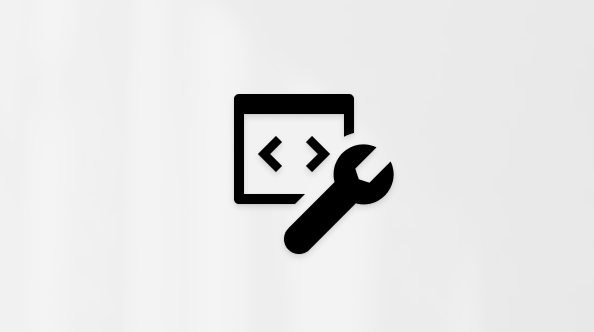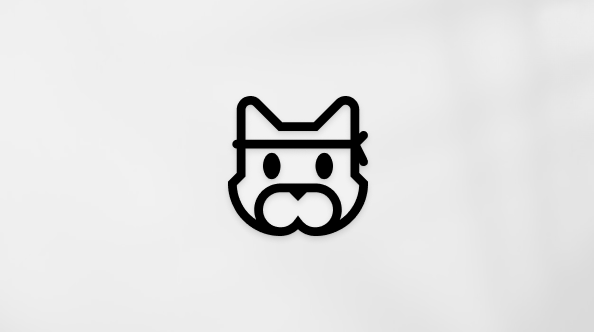Configure Multiple Desktops in Windows
Applies To
Windows 11 Windows 10Support for Windows 10 will end in October 2025
After October 14, 2025, Microsoft will no longer provide free software updates from Windows Update, technical assistance, or security fixes for Windows 10. Your PC will still work, but we recommend moving to Windows 11.
A desktop in Windows is a work area that contains different groups of apps or content open and available for various tasks or aspects of your life. You can configure multiple desktops to create separate workspaces for different activities, helping you stay organized and enhance your productivity.
Why multiple desktops are useful
Multiple desktops enable you to compartmentalize your tasks, reducing clutter and minimizing distractions. Here are some common use cases:
-
Work and personal separation: Keep your work applications and documents on one desktop and personal apps on another, ensuring a clear boundary between work and personal life
-
Project management: Manage multiple projects simultaneously by dedicating a desktop to each project, making it easier to focus and stay organized
-
Meeting preparation: Quickly switch to a desktop with all the necessary applications and documents open before a meeting, ensuring a smooth and professional presentation
Create a new desktop
Here are the steps to create a new desktop:
-
Open task view: hover over the task view icon on the taskbar, or press the Windows logo key + Tab
-
Select New desktop
-
Rename the desktop: once created, you can select the name of the desktop and rename it to your liking
Configure backgrounds for each desktop
Customizing the background for each desktop can help you visually distinguish between different workspaces. Here's how to do it:
-
Open task view: hover over the task view icon on the taskbar, or press the Windows logo key + Tab
-
Right-click on the desktop that you want to customize and select Choose background
-
Select a Picture: In the Personalize your background section, select Picture from the dropdown menu and choose the image you want to set as the background
Note: When using multiple desktops, setting a custom background for each desktop is only possible when using a picture. You cannot use a slideshow or have a different solid color for each desktop.
Customize your multiple desktop experience

-
In the Settings app on your Windows device, select System > Multitasking, or use the following link:
-
Expand Desktops
-
Under On the taskbar, show all the open windows, you can configure how open windows are displayed on the taskbar across multiple desktops. Here are the available options:
-
Only on the desktop I'm using: This setting will show only the open windows from the current desktop on the taskbar. This helps keep your taskbar less cluttered and focused on the tasks at hand on the active desktop
-
On all desktops: This setting will show all open windows from all desktops on the taskbar, regardless of which desktop you are currently using. This can be useful if you want quick access to all your open applications without switching desktops
-
-
Under Show all open windows when I press Alt+Tab, you can choose whether to display open windows from all desktops or only from the desktop you're currently using.
Multitask with multiple desktops
Do you want to learn more about multitasking in Windows and how to use multiple desktops effectively? Check out the article How to Multitask in Windows.






